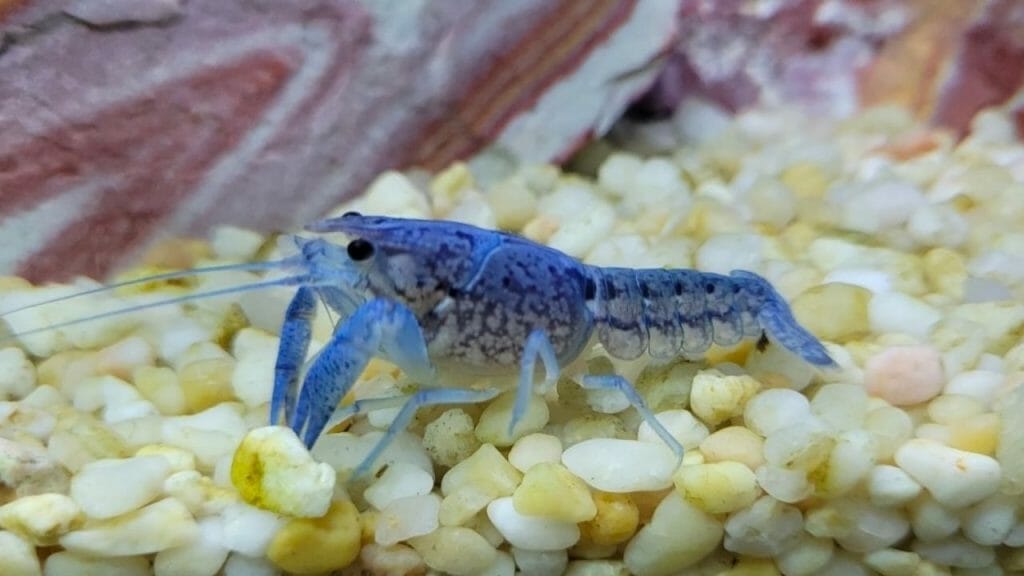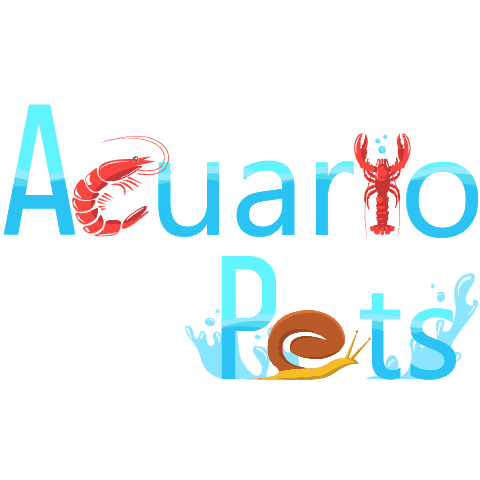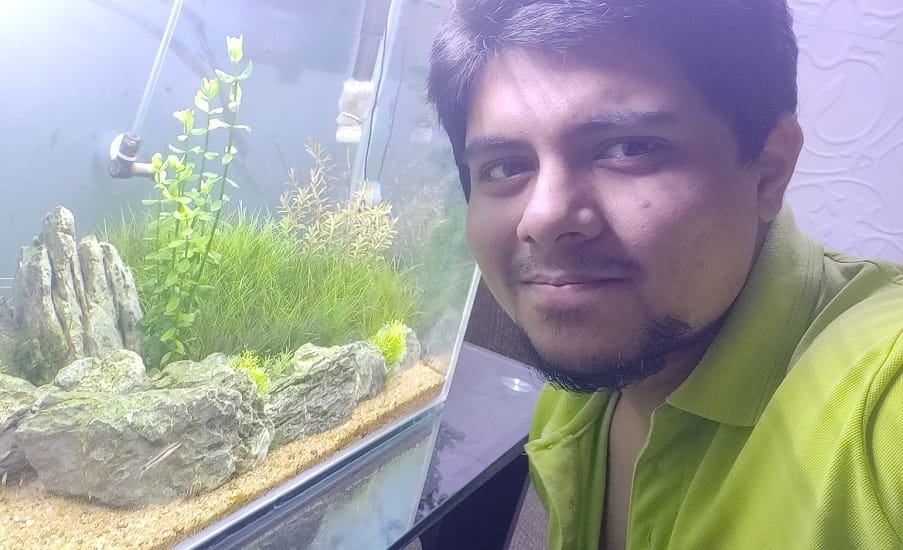This post was created with help from AI tools and carefully reviewed by a human (Muntaseer Rahman) . For more on how we use AI on this site, check out our Editorial Policy.
Check Out These FREE Tools We Made JUST For You!
Is My Crayfish Dying? (9 Warning Signs + How to Save Them)

Picture this: you’re checking on your crayfish and find it lying on its side, completely still.
Your heart drops.
Is it dead? Molting? Just taking a weird nap?
Here’s the thing – the behaviors crayfish show while molting look almost identical to behaviors when they’re dying.
Which is… not helpful when you’re freaking out.
But I’m going to walk you through exactly how to tell the difference, what warning signs actually matter, and what you can do to save your crayfish before it’s too late.
The Confusing Truth About Dying vs. Molting
Let’s get the most annoying part out of the way first.
Crayfish can take anywhere from 24 hours to several days to complete molting, and during this time they typically hide and stay very still.
Sound familiar? Yeah, that’s also what dying looks like.
The difference? Dead crayfish smell absolutely rotten.
I know, gross. But it’s the most reliable way to know for sure.
If you’re not getting knocked back by the stench, there’s still hope.

9 Warning Signs Your Crayfish Is Actually Dying
1. Staying in One Spot for Days (Not Hours)
Crayfish that are sick and possibly dying tend to remain in one spot and barely move.
But here’s the key: molting crayfish hide for a few days max, then come back out.
If it’s been over a week and your crayfish hasn’t moved or shown normal activity, that’s a red flag.
2. Complete Loss of Appetite for Extended Periods
Okay, so crayfish stop eating before they molt.
That’s normal.
They typically lose interest in food when they’re about to molt, and that can last a couple days.
But if your “usually pretty greedy critter” hasn’t eaten in over a week and isn’t showing signs of molting? Problem.
3. Moving Extremely Slowly When They Do Move
If your crayfish starts moving very slowly and appears lethargic outside of molting periods, it might be reaching the end of its life.
This is different from pre-molt lethargy, which comes with other signs like hiding and color changes.
4. Lying on Their Side or Back Without Response
Here’s where it gets tricky.
Before molting, crayfish move onto their backs and fan their legs to extract dissolved oxygen from the water.
But if you gently touch them (with a net, not your hand) and they show zero response? Not good.
Molting crayfish will still react slightly to being disturbed.
5. No Movement of Gills or Antennae
A dead crayfish shows no movement of the gills and antennae.
Look closely at these body parts.
Even a molting or very weak crayfish will show some gill movement.
6. Floating for Extended Periods
Crayfish can float both when molting and when they die.
The difference? Molting crayfish usually sink back down within hours.
Dead ones might float for a while, then sink permanently.
7. Dramatic Color Change (Not Pre-Molt Dulling)
Before molting, crayfish lose some coloration – they look a bit dull.
But if your crayfish has turned completely pale, grayish, or has developed unusual dark spots, that’s different.
That could indicate disease or organ failure.
8. Weakness After a Recent Molt
If a crayfish is still lethargic, falling over on its side, or lying on its back days or weeks after molting, something went wrong.
Their new shell should harden within a few days.
9. Visible Rot or Fungus on the Shell
This one’s obvious but important.
White fuzzy patches, black spots that look like decay, or areas where the shell looks like it’s disintegrating? Your crayfish is fighting an infection it’s probably losing.
Why Crayfish Actually Die (The Real Culprits)
Let’s talk about what’s usually killing pet crayfish, because “old age” is way less common than people think.
Water Quality Is the #1 Killer
Crayfish cannot live in water containing more than 0.6 parts per million nitrites and 0.06 parts per million ammonia.
Those numbers are shockingly low.
For healthy crayfish, you want dissolved oxygen at 5.0 ppm or above, total ammonia at 0.5 ppm or less, and nitrite at 0.3 ppm or less.
Here’s what most people don’t realize: if you put a new crayfish into an uncycled tank, it will probably die within a week.
The Oxygen Problem Nobody Talks About
Dissolved oxygen is probably responsible for more crayfish deaths than any other single factor.
And get this – when water temperature increases from 70°F to 80°F, the rate of oxygen loss from decomposition doubles.
Run an air pump in your crayfish tank 24/7, and add some rocks that stick above the water line so they can breathe atmospheric air when needed.
Failed Molts Kill More Crayfish Than You’d Think
This is heartbreaking because it’s often preventable.
If a crayfish’s diet lacks crucial nutrients like iodine and calcium, it can fail to molt properly.
And here’s the brutal part: old crayfish often die during molting because the process requires significant strength and agility that they no longer have.
Aggressive Tank Mates Create Fatal Stress
If your crayfish are constantly threatened or harassed by tank mates, they could become sick and die.
Even “suitable” tank mates can stress them out.
Crayfish are territorial. They need space and lots of hiding spots, or you’re setting them up for a stress-induced death.

How to Save a Dying Crayfish (If You Catch It in Time)
Alright, your crayfish is showing warning signs. What now?
Immediate Water Test – No Exceptions
Test for ammonia, nitrite, nitrate, pH, and dissolved oxygen.
If you don’t have test kits, get them or take a water sample to a pet store that tests for free.
If ammonia or nitrite are above zero, do a 50% water change immediately using dechlorinated water matched to your tank temperature.
Add Aeration ASAP
If you don’t have an air stone running, add one now.
Lack of oxygen can kill a crayfish in hours, and crayfish are heavy oxygen consumers.
Create a Safe Hiding Space
Move any aggressive tank mates to another tank.
Add caves, PVC pipes, or dense plants so your crayfish can hide without being bothered.
Stress kills. Safe spaces reduce stress.
Check Your Diet Quality
Are you feeding proper crayfish food or just leftover fish flakes?
A proper crayfish diet should include dried bloodworms, mosquito larvae, krill, dead shrimp or fish, and they also need decaying vegetation and algae.
Add some blanched vegetables like zucchini or romaine lettuce.
Make sure they’re getting calcium for their shell – you can add cuttlebone or calcium supplements.
Give Them Time and Space
If you’ve corrected water quality, added oxygen, reduced stress, and improved diet, now you wait.
Don’t keep messing with them.
Don’t keep testing if they’re alive by poking them.
Give them at least 3-5 days to show improvement.
Know When It’s Too Late
Sometimes you can’t save them.
If your crayfish hasn’t moved in over a week, shows no gill movement, and doesn’t react to any stimulation, it’s probably time to accept what’s happened.
Remove dead crayfish immediately – they decompose quickly and will crash your water quality.
The Water Parameters Your Crayfish Actually Needs
Let me make this simple. Save this table.
| Parameter | Ideal Range |
|---|---|
| Temperature | 65-80°F (most species prefer 70-75°F) |
| pH | 7.0-8.0 |
| Ammonia | 0 ppm (anything above is toxic) |
| Nitrite | 0 ppm (anything above is toxic) |
| Nitrate | Below 20 ppm |
| Dissolved Oxygen | 5.0 ppm or higher |
| GH (General Hardness) | 4-10 ppm |
| KH (Carbonate Hardness) | 3-10 ppm |
If your parameters are outside these ranges, you’re playing with your crayfish’s life.
The Bottom Line
Most crayfish don’t die of old age in captivity.
They die from preventable stuff: bad water, low oxygen, poor diet, stress from tank mates, and uncycled tanks.
If you’re reading this while your crayfish is lying motionless on the tank bottom, test your water right now.
Not tomorrow. Now.
Fix what’s broken, give them oxygen, give them peace, and give them time.
Sometimes they surprise you and bounce back.
And if they don’t? At least you’ll know you tried everything, and you’ll know what to do differently for the next one.
Because trust me, once you successfully keep a crayfish, you’re going to want another one.
These things have personality for days.
About Author
Hello, I’m Muntaseer Rahman, the owner of AcuarioPets.com. I’m passionate about aquarium pets like shrimps, snails, crabs, and crayfish. I’ve created this website to share my expertise and help you provide better care for these amazing pets.
Disclaimer
This site is owned and operated by Muntaseer Rahman. AcuarioPets.com is a participant in the Amazon Services LLC Associates Program, an affiliate advertising program designed to provide a means for sites to earn advertising fees by advertising and linking to Amazon.com. This site also participates in other affiliate programs and is compensated for referring traffic and business to these companies.

